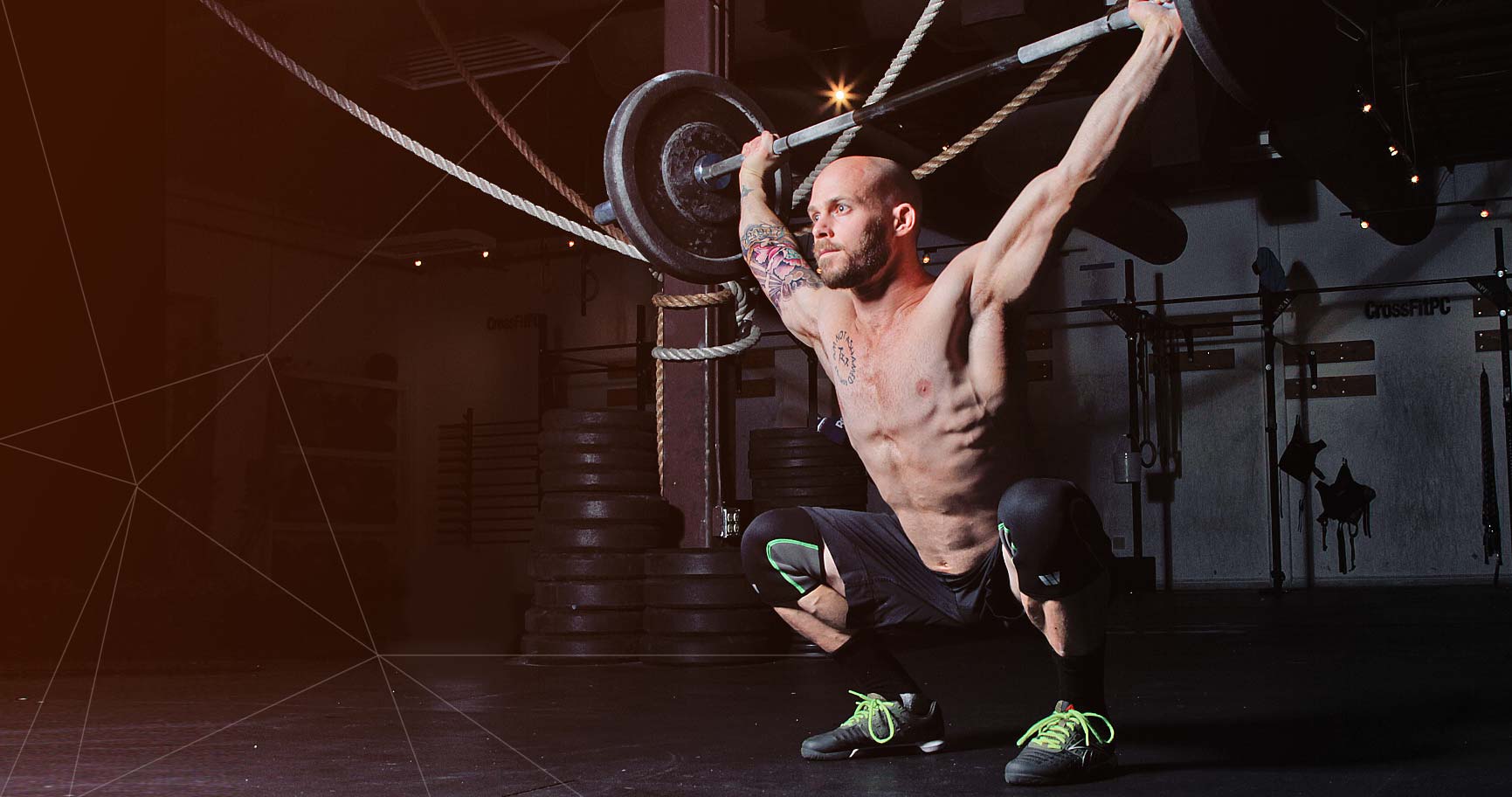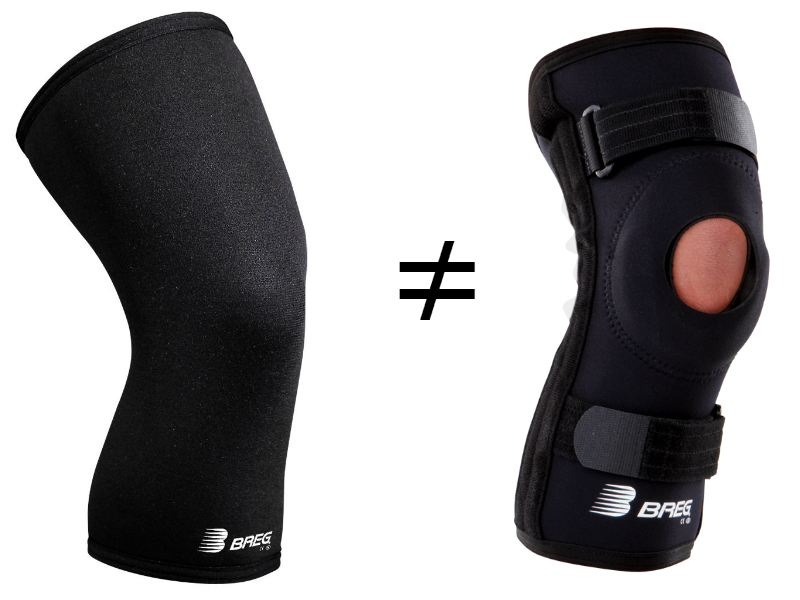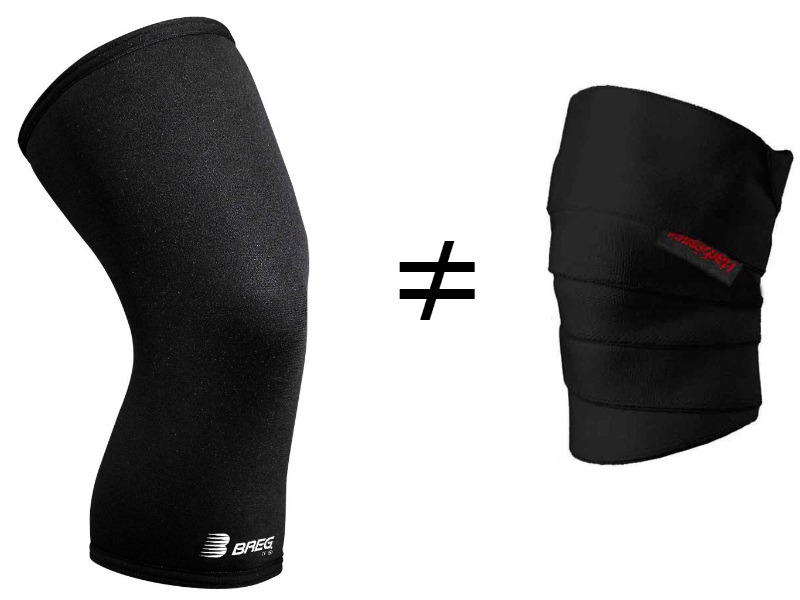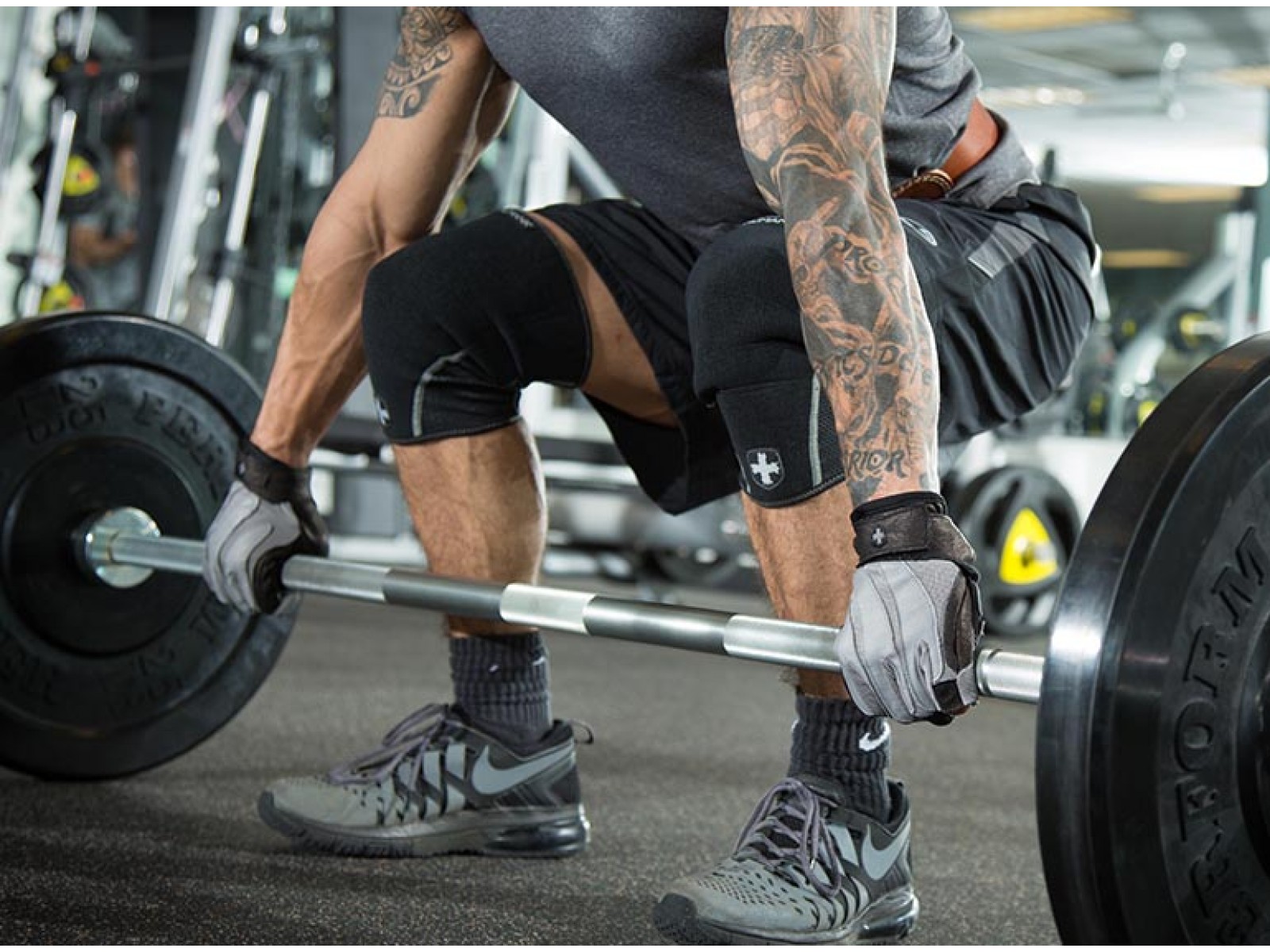 Knee Protection Guide
Knee Protection Guide
It is not a secret that knee injuries are the major problem in sports all around the world – some of knee diseases or knee problems are affecting almost every athlete because of more or less intensive impacts during sports trainings and games. The usage of prophylactic (preventive or protective) knee supports is an attempt of reducing the severity or occurrence of knee injuries without inhibiting overall knee mobility. The most common of knee supports to athletes worldwide are knee sleeves, therefore let’s find out – what they are, what they do and when to wear them.

Difference between braces and sleeves
Firstly, knee sleeves are not the same thing as knee braces, because a knee sleeve is providing some kind of support, but is does not functioning in the same way as knee braces are – knee braces are used for protection of previous injury to prevent a further endangerment, but knee sleeves are used for knee protection to prevent an injury or risk of damage in the future, so they are not intended for fixing of already damaged or unstable knees.
Knee braces have a holes for kneecaps and they are reinforced with metal elements, while knee sleeves are made of fabric. Another difference between knee braces and knee sleeves is protective area – knee braces are protecting anterior knee and patella, but knee sleeves are not providing the same support, therefore in the case of unstable knees usage of knee sleeves will not be enough – in that case you have to see your doctor and likely to use knee braces, not knee sleeves.

Difference between wraps and sleeves
Knee wraps are commonly worn by competitive bodybuilders and weightlifters. They are made of elastic material and are designed to be wrapped around the knee in a diagonal or spiral method for usage during squats. Knee wraps allow to lift more weight, reduce stress and pulling forces on the quadriceps tendon which is attached to the patella or, in other words, kneecap and the quadriceps.
What are knee sleeves?
Most of knee sleeves are generally made of cloth or neoprene fabric and they slide over the knee. Cloth sleeves provide compression and some warmth, but neoprene sleeves ensure warmth and mild compression, and protect the knee against injuries. As mentioned, knee sleeve has a feature such as compression which increases blood flow, lessens swelling and pain not only during performance, but also after that. The reason, why the compression is so important, is that compressed knee encourages blood flow through blood vessels of the knee – better blood flow means better and faster recovery. Despite the fact, that they are available in variety of sizes, they have to ensure sufficient compression, but at the same time they should not be too compressing, because in that case the blood flow has been restricted.
Some knee sleeves have opened kneecaps for better flexibility and comfort, but others are completely enclosed for superior support and protection. To ensure some protection against outer impacts many knee sleeves have a padding in the front of the knee, but these padded versions of knee sleeves are not suitable for support of weak knees like standard knee sleeves which offer compression.
Many researches have proved that knee sleeves can be helpful for people who are experiencing tendinitis or osteoarthritis in their knees, because they are providing the heat which is reducing pain and discomfort in joints while exercising by keeping joints warm. In one word, the main task of every knee sleeve is to reduce pain by compression and warmth, but they also can protect the knee against injuries, limit patella movement, provide lateral stability, reduce the risk of knee strain and increase proprioception, so we can say that knee sleeve is not just a mechanical support mechanism for the joint, but also an improver of proprioception. Proprioception is the ability to sense stimulus arising within the body regarding position, motion and equilibrium.
In order to get the full effect of knee sleeves they have to be worn after trainings or competitions for some time too, but if you are not an athlete, you can wear them whenever it is needed.

Where knee sleeves are used?
This kind of protection is especially important for those, whose knees are constantly under pressure, for example, during running, jumping and weightlifting. Knee sleeves are commonly used in CrossFit, because it includes all these activities. They are widely used by average athletes and more casual exercisers, for example, by tennis players, joggers, walkers and others. Sleeves which have additional padding on the area of kneecap for prevention of impacts and thus knee injuries are widespread among basketball players.
Knee sleeves need to be used during weightlifting, because lifted amount of mass literally grinds the kneecap onto itself, causing progressive tendonitis. If knees are not involved as a primary lifting source, they do not need to be worn. Knee sleeves are necessary for weightlifting disciplines such as performing squats, the snatch or the clean and jerk.
Every weightlifter has to remember that whenever knees are left vulnerable or weak, they are at great risk for damage and usually at long-term damage. To assess the necessity of knee sleeves it is important to evaluate your age, athletic experience and background, form and technique, because poor training and technique can be disastrous for your knees even with knee sleeves on. Basing on experience knee sleeves are recommended for all advanced lifters too, because knee sleeves really help to hold the knee in place and thus prevent injuries, thereby improving performance as well.

